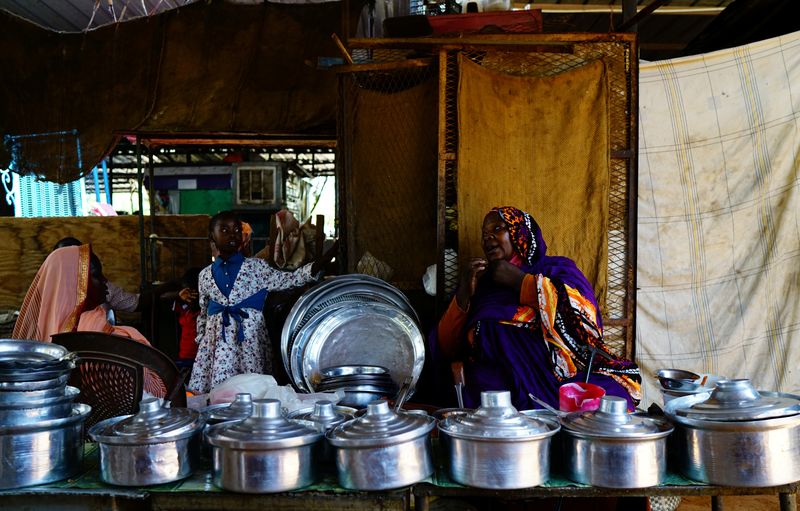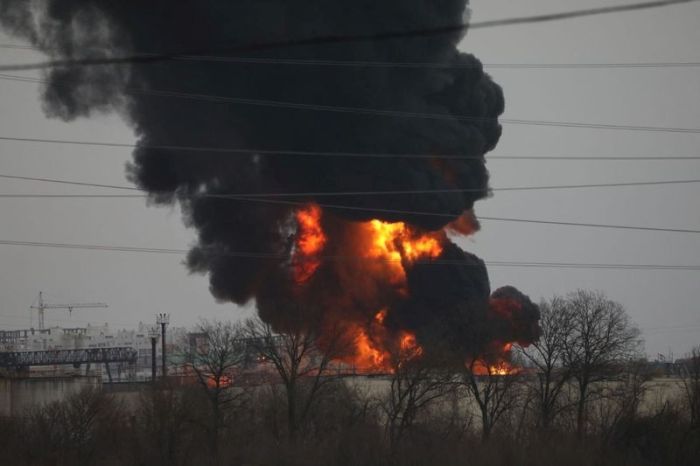(Reuters) – Following is an outline of the factors behind Sudan’s worsening humanitarian situation:
ECONOMIC SWINGS
Under former President Omar al-Bashir, a brief period of growth came to an end when oil-rich South Sudan gained independence in 2011. The country began running a large trade deficit, its currency plummeted, and prices of basic goods began rising. A sharp price increase for subsidised bread was a trigger for protests that eventually brought Bashir down in 2019.
The transitional government that replaced Bashir instituted rapid IMF-monitored reforms. It devalued the currency, lowered subsidies on bread and electricity and removed subsidies altogether on petrol and diesel. International lenders and Western states offered assistance and debt relief, but froze it after a military coup that overthrew the transitional government on Oct. 25, 2021. Inflation, lower in recent months, is still one of the highest rates in the world at more than 250%.
POVERTY LEVELS
Aid groups estimate that 14.3 million, or a third of the population of around 44 million, will need humanitarian aid this year, the highest level in the past decade, and an increase of more than 50% in two years.
The WFP says that about 18 million people will face acute levels of food insecurity by September 2022, double last year, due to high prices, a reduced harvest, and conflict in some regions.
VIOLENCE AND DISPLACEMENT
Violent unrest has shaken Sudan in its western and southern regions for years, especially in Darfur, which in the mid-2000s saw a conflict between rebel groups and government and militia forces that killed some 300,000.
More than 3 million people are currently displaced across the country, according to U.N. estimates, about 2.5 million of them in Darfur.
Aid groups have warned that violent incidents, usually in the form of militia attacks or tribal clashes, have surged in Darfur to levels not seen in years. That violence caused more than 400,000 people, some already in displacement camps, to flee their homes last year. Aid groups warn that increased poverty and hunger could also stoke conflict.
REFUGEES
Sudan is home to 1.1 million refugees, including many from South Sudan and Eritrea as well as more than 50,000 from the conflict in Ethiopia’s Tigray region that broke out in 2020. They are located in camps in eastern Sudan, a region that has seen increased political tensions and threats of violence in the last two years.
(Writing by Nafisa Eltahir; Editing by Aidan Lewis and Frances Kerry)

























